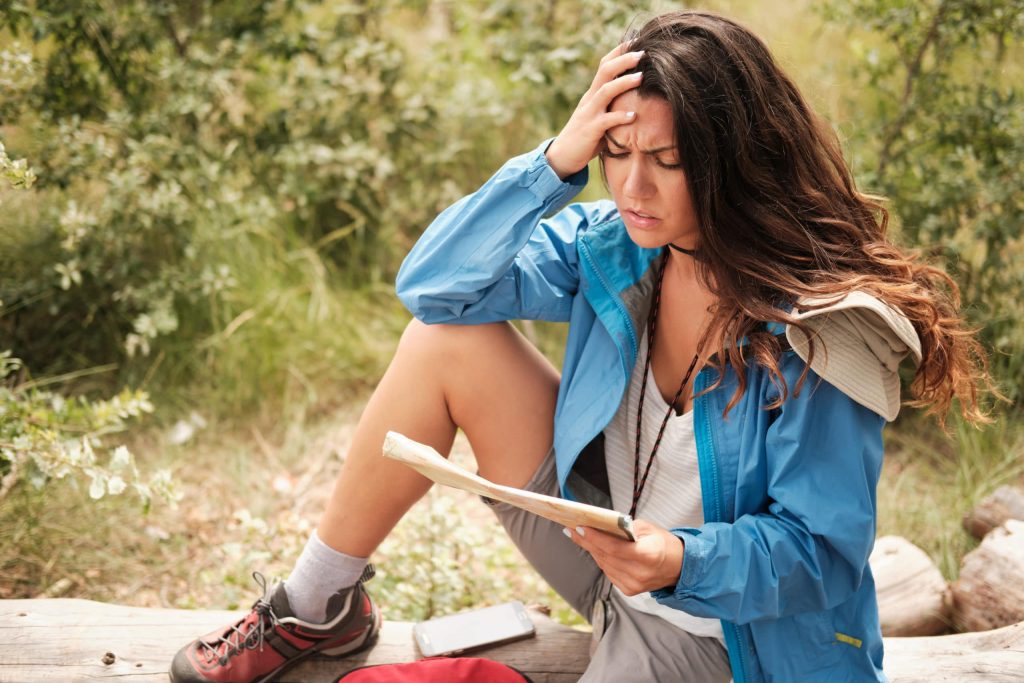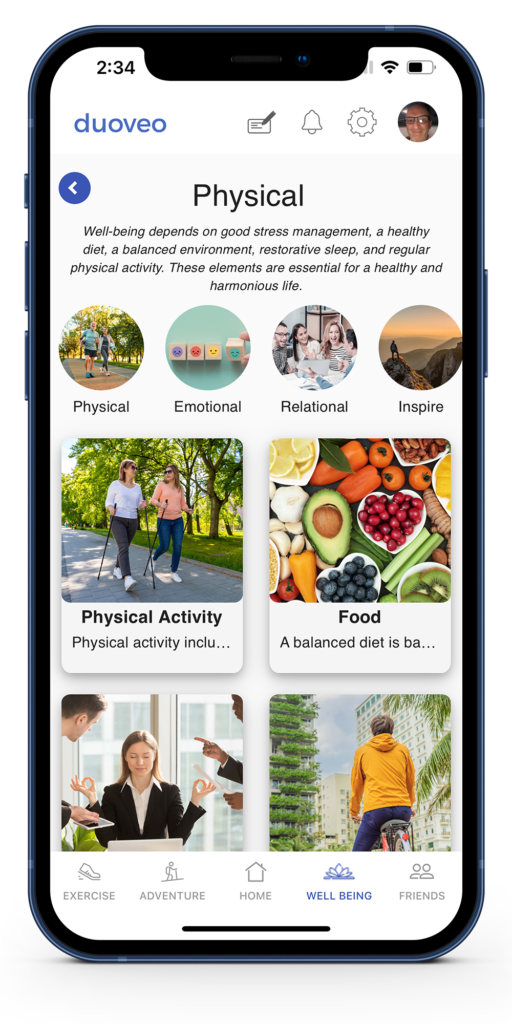You think you would love hiking.
You believe hiking is a kind of sport that you would enjoy: walking in nature, feeling the breeze on your skin, experience the freedom, away from the noise and pollution of civilization.
You imagine hiking would be fun. And it seems relatively effortless.
What can go wrong? Walking is a mild exercise, and nature is kind.
So you think.
While it is true that unless you hike in the Himalaya, your life won’t likely be at risk, there are plenty of ways it can go wrong or be less than perfect.
Hiking is no improvisation.
“By failing to prepare, you are preparing to fail,” said Benjamin Franklin. If you intend to hike, some preparation will spare you the worst surprises.
Planning your hike and knowing where you go is the first step, of course, but it is not the only aspect of preparation. Once you are on your 4 hours trail, there won’t be a convenience store around to buy anything you need.
Here are ten things you must consider bringing to make your hike a worry-free experience.
#1 Energy reserves
You can survive many days without eating, so food does not seem an essential item.
Yet, hiking can be strenuous, and depending on your fitness condition, you may be subject to temporary energy depletion. It is a good idea to bring some healthy treats: a combination of nuts and dried fruit, for instance, or some healthy cookies.
#2 Water, more than you think
Bringing water with you is common sense, but we often underestimate how much water we need. Every year, some weekend hikers get in trouble for lack of water.
The body depletes water fast through sweat, and water helps flush the lactic acid that builds up in your muscles.
So bring more than you need, at least 1 liter per hour per person. And make sure you have plenty of extra water in the car as well, just in case.
#3 Not your Bermudas
When the weather is sunny, it may be tempting to hike in shorts and Bermudas. This is a mistake.
The wilderness is not your curated backyard. There are plenty of aggressors in the wild that target your bare legs and can leave a painful memory. The least severe are the spiky bushes, mosquitoes, and sunburns.
A more serious thing is the poison oak in California, a nasty plant that leaves excruciating burns just by brushing it. In the east, some ticks can give you Lyme disease. In any case, protecting your legs with the fabric of light pants is a good idea.

#4 Sun protection: Sunscreen cream, Hat, Sunglasses
When you walk for two or more hours without shade, with your head directly exposed, the sun can elevate your body temperature with a risk of producing heat exhaustion or even a heat stroke.
Our star is not the most gentle: sun rays are full of UVA and UVB that can burn your skin very badly. 10 to 15mn are enough to get a sunburn in the sunniest days. And your eyes can get burnt too.
#5 A recommended trail
You may believe that the park office will guide you for your hike. You are optimistic.
They will give you a detailed map with all trails and leave you to guess which one you should follow. Without advice from someone who has already done it, you will be experimenting and certainly miss the best one.
Apps like DuoVeo provides trails from people that have already done them through our “adventure”. You can see a preview of the route with pictures and a description of what to expect.
#6 Neither flip flops nor crocs
We forget our feet in our daily life because they are always there and never complain. But in a hike, they are essential, and they will suffer.
Think about it: how would it feel to walk for two hours with a blister? Or to have to hop back to camp with a twisted ankle?
It seems obvious you should have a good pair of shoes.
Your feet are your main tools in the hike. Be kind to them, equip them with the proper protection.
#7 A north star
You will likely get disoriented in the wild.
A tree looks very much like another tree. And so does a mountain. You may rely on your GPS, but, guess what, sometimes it fails.
Getting lost is the one risk you want to avoid while hiking. It is the most hazardous.
As a safeguard, it is better to always have a compass with you. If you hike regularly, you should invest in the hardware version. It is inexpensive and will serve you well. If you are an occasional hiker, at least download and enable the compass app on your smartphone.
#8 Weather protection
Everyone that has done a few hikes knows that the weather can be fast-changing, becoming cold, or depending on the season, wet. If your circuit has some elevation, like on a mountain or a small hill, it is usual that the temperature on the top is much colder than at the bottom.
That is why mountains have snow!
It is a good idea to bring with you a sweater, a light foldable rain jacket, or at least a small jacket.
#9 A thing to carry things
With everything you should be bringing, you understand that having a backpack will make it much easier to carry – and not forget anything.
The best solution is to have your “hiking backpack” always ready. Before you hike, you only have to replenish your water bottles and snack pouch, and you’ll be ready to go.
#10 Good company
Last but not least, it is a terrible idea to go hiking alone.
Remember the part where you twist your ankle? Or where you forgot to bring enough water? Or when you got lost?
Despite preparation, sh**t happens, and you want to have a buddy with you. If things turn sour, you will be glad you can help and support each other and find a solution together.
And if everything goes well, as it often does, you will have much more fun sharing the adventure with people you like and building memories together.

Practice hiking with confidence
If you have an interest in hiking, you will probably love it.
It is indeed a mild sport, and the feeling of freedom and connection with nature is real. You will enjoy it.
But hiking is not effortless, nor is it casual. It requires some preparation that starts with bringing the 10 things that help you make it a worry-free.
By observing that list, you will increase the likelihood of having a blissful first experience. It will give you the assurance that you are well prepared and help you become more adventurous.
Soon, you will be walking some more arduous trails, with the calm confidence of seasoned hikers, and you’ll experience true freedom.
So get started now, but don’t forget what you need to bring!


